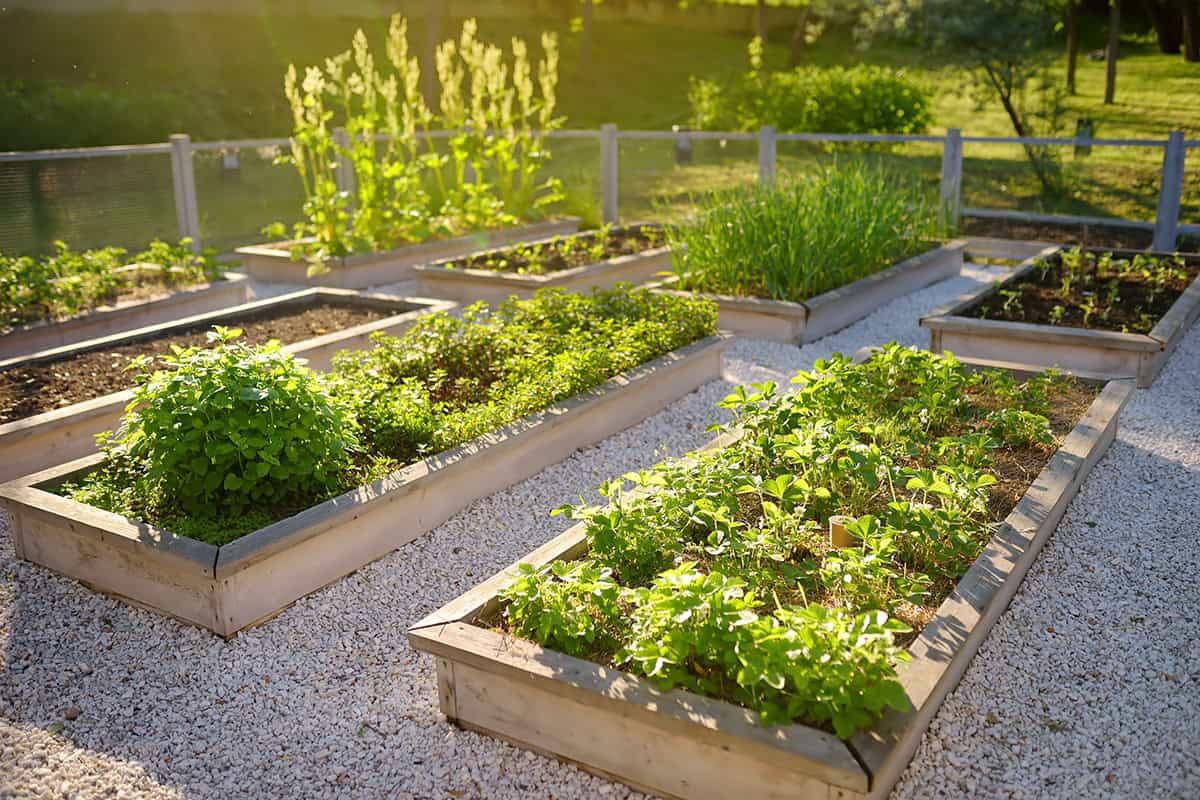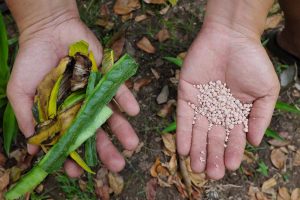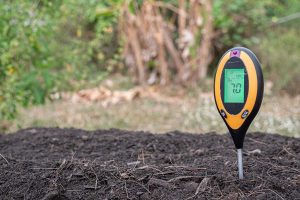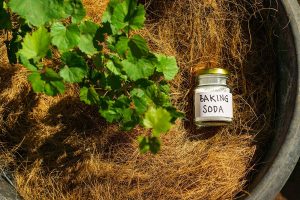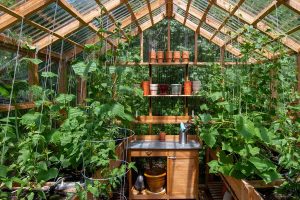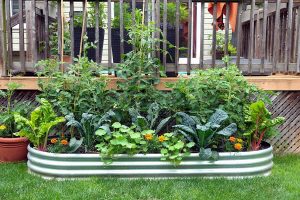Ever wondered if your garden can really keep your family fed? With a little planning, it absolutely can. Read on to discover how many plants you’ll need to grow for a year’s worth of food.
Table of Contents
How Many Plants To Feed Your Family
Figuring out the right number of plants comes down to your goals and the space you’ve got. Think about what actually gets eaten in your house and how often you’re cooking with fresh stuff. Each veggie has its own quirks for spacing and yield.
Families who love salads will probably want extra lettuce and tomatoes, while those who lean toward hearty soups might focus more on carrots and potatoes.
Garden size makes a difference. A ballpark estimate is 100-150 square feet per person. With 500-600 square feet, a family of four can cover a good chunk of their veggie needs.
Variety plays a role too. Some plants, like tomatoes or zucchini, go wild and produce a lot. Carrots or beans? You’ll need more of those to get a decent haul.
It helps to check specific yield guides. Tomatoes often give you 10 to 30 pounds per plant in a season. Green beans? Maybe half a pound each.
Base your numbers on what you want to eat fresh or put away for later. Tweak things each year as your family’s tastes change, and keep local climate and season length in mind for the best shot at a good harvest.
How Many Plants For 2 People
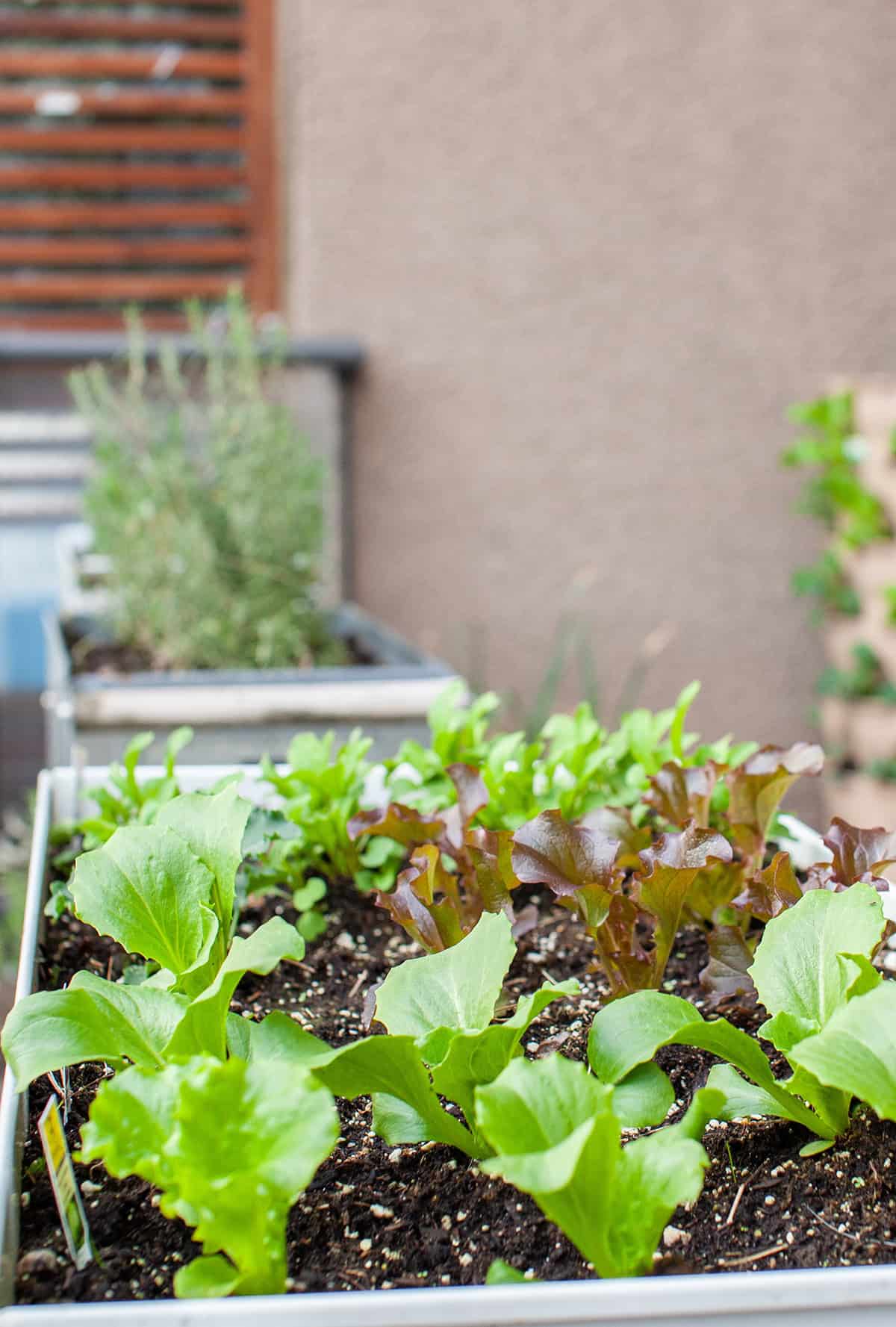
For two people, it’s all about estimating what you both actually eat and picking crops you’ll enjoy. Most folks find that 10 to 20 types of veggies will cover salads, sides, and most meals.
Usually, one or two tomato plants per person is plenty. For greens, four to eight heads of lettuce each will keep you in salads. Beans and peas? At least 10 plants for two people if you want them regularly.
Root crops like carrots and beets squeeze in tighter. One or two 10-foot rows of carrots, plus a row of beets, can keep up with daily use. For herbs, a single plant each of basil, parsley, and thyme usually does the trick.
Some folks double up if they cook daily or want to stash extras in the freezer. In smaller spaces, you can still mix things up by spreading out plantings and picking compact or high-yield types.
Don’t forget about spacing—crowded plants don’t thrive. Seed packets or plant tags will tell you how far apart things should go.
Even with just a few raised beds or containers for herbs and greens, you can keep two people in fresh veggies for most of the year.
How Many Plants For 4 People
For a family of four, you’ll need to think about what everyone actually eats and how much you want to bring in. If you’re aiming for enough produce for meals without piles of leftovers, it’s all about balance.
Most veggies need several plants for a steady harvest. For example, eight tomato plants usually cover a family that likes tomatoes. Lettuce and other greens grow quickly, so about sixteen plants should keep salads coming.
Twelve to sixteen bean plants will keep you picking fresh beans. Carrots? About forty for the season is a good starting point. Onions—sixty bulbs can last a while.
Some crops don’t need much space. Four to six pepper plants is often plenty. Cucumbers? Six plants will give you enough for salads and sandwiches, without going overboard.
Herbs go a long way. Two to four plants each of parsley, basil, or cilantro is usually enough. Perennial herbs like rosemary and thyme stick around with just one or two plants.
Stick to the spacing on seed packets so everything stays healthy. With a little planning, your garden can actually feed your family and cut down on grocery runs.
How Many Plants For 6 People
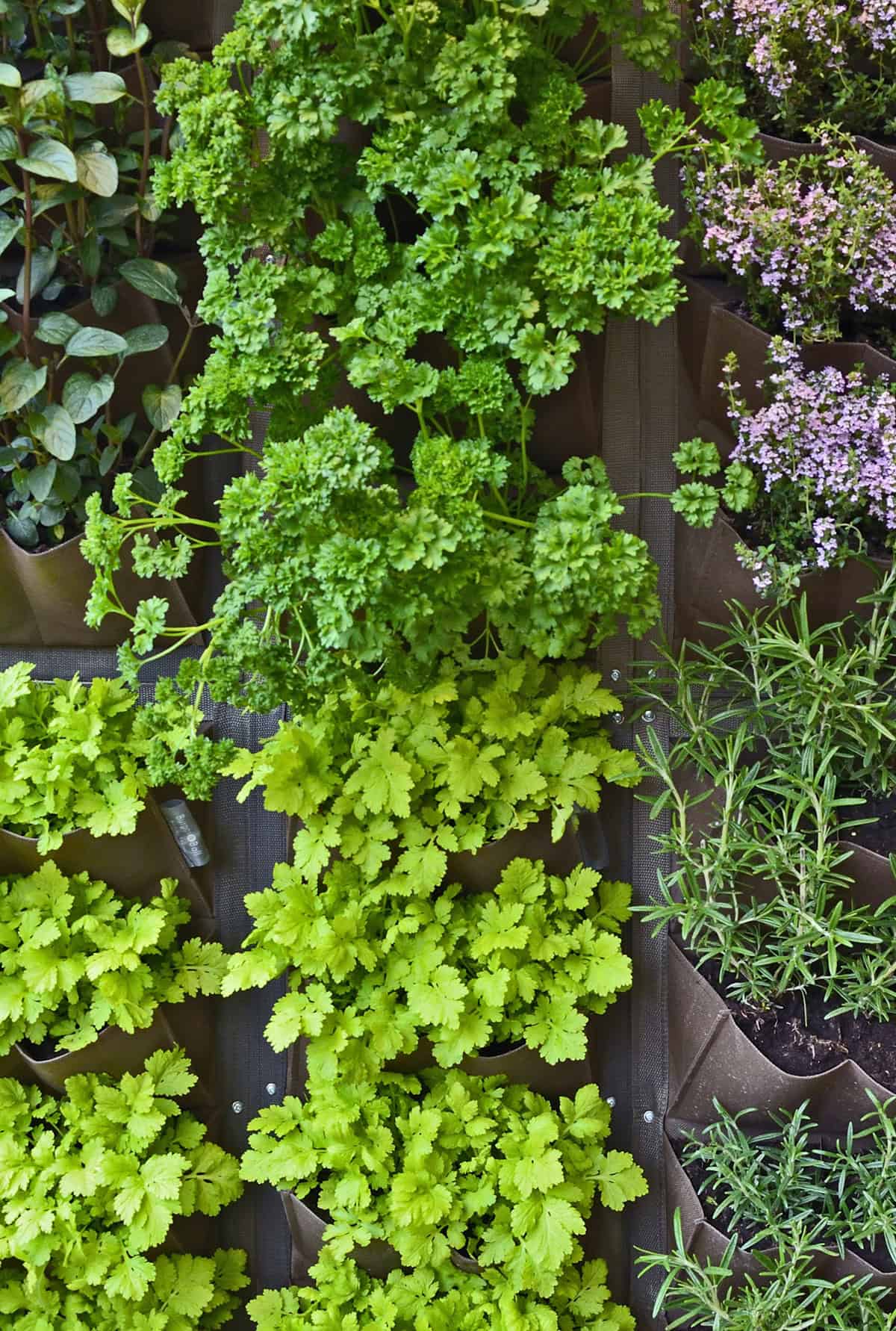
Feeding six from your own garden definitely takes more planning. You’ll need enough to cover daily meals and the occasional craving. Every crop yields differently, so you’ll be adjusting as you go.
Tomatoes? You’re probably looking at 12 to 18 plants for fresh eating and sauces. Lettuce could mean 20 to 30 plants for non-stop salads. Carrots—plan for 60 to 100 if you want them all season.
Most families like a good mix, so adjust based on favorites. Beans, whether bush or pole, need around 30 to 48 plants. Cucumbers—6 to 8 plants should cover salads and pickles.
Peppers and onions are staples for a lot of dishes. Figure on 12 pepper plants and 60 onion sets. Squash, both summer and winter, about 4 to 8 plants each.
Extra herbs never hurt, especially basil, parsley, or cilantro. Six to eight plants of each is usually plenty. Go for varieties you’ll actually use.
Give everything enough space—follow the seed packet advice to avoid crowding. Your family’s eating habits and how much you cook at home will affect the numbers. If you’re into freezing or canning, you might need more. Adjust each season as you learn what works best.
High-Yield Crops
If you’re looking to get the most out of your space, high-yield crops are your friends. They crank out more food per square foot than others.
Tomatoes and bush beans can really deliver with just a few plants. Zucchini’s another one—it grows fast and keeps producing all summer. Leafy greens like kale and Swiss chard are quick growers and can be picked again and again.
Sweet corn does well in blocks but needs space and good soil. Bell peppers and cucumbers will give you a lot if you keep them watered and picked. Pole beans are handy for using vertical space, too.
One bonus: you can harvest from these crops for weeks, so you’re not stuck replanting constantly. It helps spread out the harvest and keeps waste down.
Focusing on high-yield crops means you can meet your family’s needs with fewer plants, saving space and time. Try succession planting to keep the fresh food coming all season.
Low-Yield Crops
Some veggies just don’t give you as much per plant or per square foot. Garlic, broccoli, and peas are usually in this camp. You’ll want to plant more of these if they’re a big part of your meals.
Garlic bulbs are smaller compared to something like potatoes. You get one bulb per clove you plant. Fresh peas and lettuce don’t yield much either, so you might need extra space or staggered plantings.
Some vegetables are just fussy. Broccoli, for example, needs rich soil and lots of nitrogen to form big heads. If it doesn’t get enough, the heads stay small and you don’t get much.
For these low-yield types, plan on setting aside more space if you want enough for meals. Adjust your seed or transplant numbers so you’re not left wishing you’d planted more come harvest.
Crops For Fresh Eating
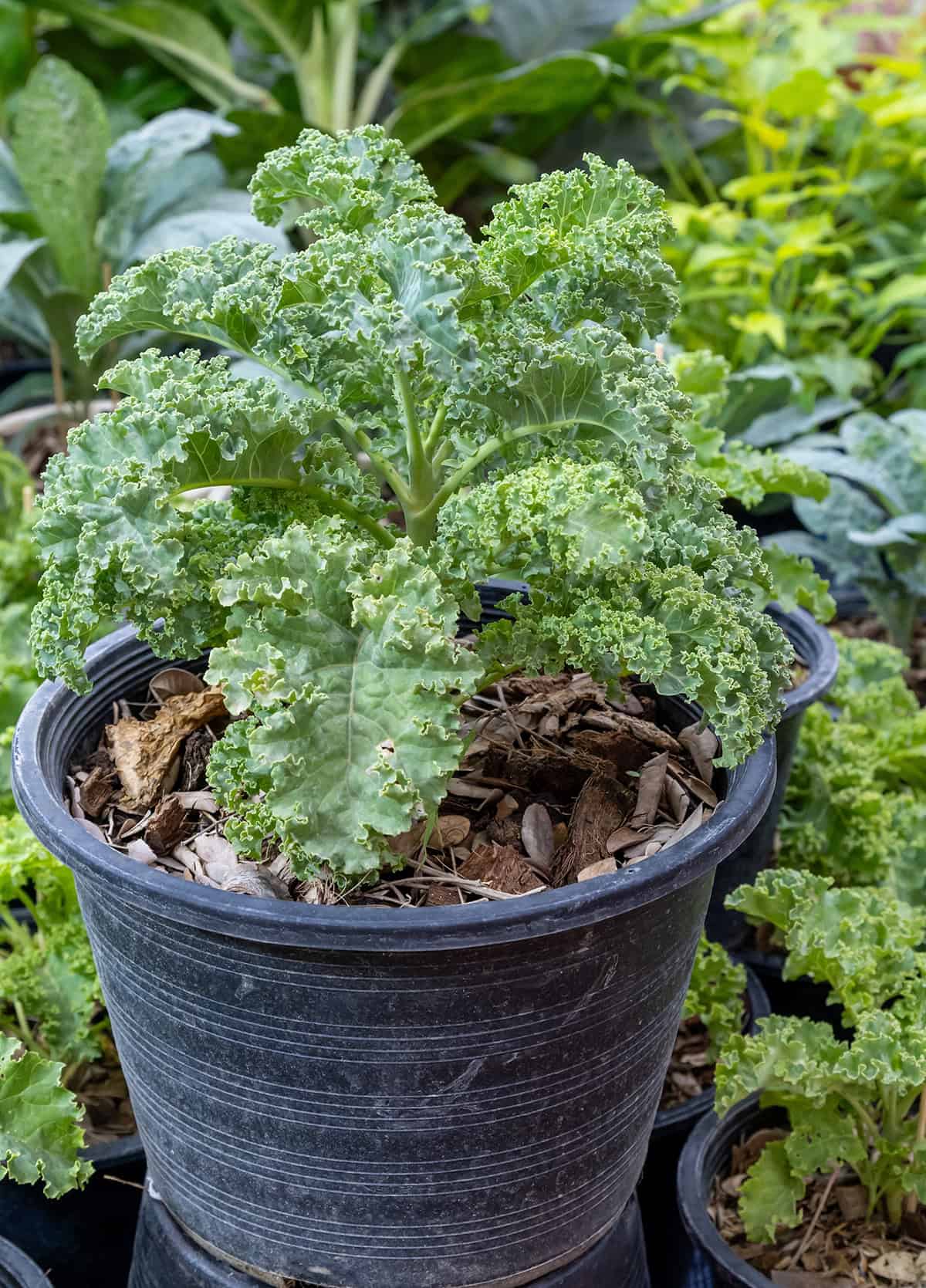
For daily fresh veggies, you’ll want to plant enough for regular meals—ideally, crops your family actually likes. That’ll help you pin down how many plants you need.
Leafy greens like lettuce, kale, and spinach are great for salads and sandwiches. These can be picked over several weeks, so a handful of plants per person is usually enough for a steady supply.
Tomatoes, cucumbers, and peppers are favorites for fresh eating. A single tomato or cucumber plant can yield several servings a week at peak. Most families need two or three of each to keep up with salads and snacks.
If your crew likes snacking on carrots or peas, consider dedicating a row or patch to those. Root crops often need replanting after an early harvest.
Herbs like basil, parsley, and cilantro don’t take up much space, and a few healthy plants will cover most families’ needs.
Summer’s the best for fresh-picked beans, squash, or radishes—these grow fast and encourage you to eat right out of the garden. Mixing it up gives you more options at the table.
By staggering your plantings and harvesting in waves, you can keep the fresh veggies coming. Planning around what actually gets eaten at your house should help cut waste and keep meals interesting.
Crops For Preserving
Want to eat homegrown food after the season’s over? Pick crops that store well. Tomatoes, green beans, and cucumbers are classics for canning or freezing. Corn, peppers, and squash are also good for putting away.
Firm-textured veggies tend to freeze or pickle better—carrots, beets, and peppers hold up well in storage.
Think about how much your family eats and your favorite ways to preserve. Some crops are so productive that just a few plants can fill your pantry. A dozen tomato plants can fill a lot of jars.
Beans and peas are also easy to freeze or can. If you like making relishes or sauces, growing extra onions, garlic, and herbs is handy.
Give yourself a little extra space for preserving crops. You’ll have enough to stash for winter, or share with friends. Most of these need full sun and steady care for the best results.
Look for varieties that hold up well after processing—seed packets often mention if a plant’s good for canning or freezing. Match what you grow to your family’s tastes and storage habits.
How Much Space You Need
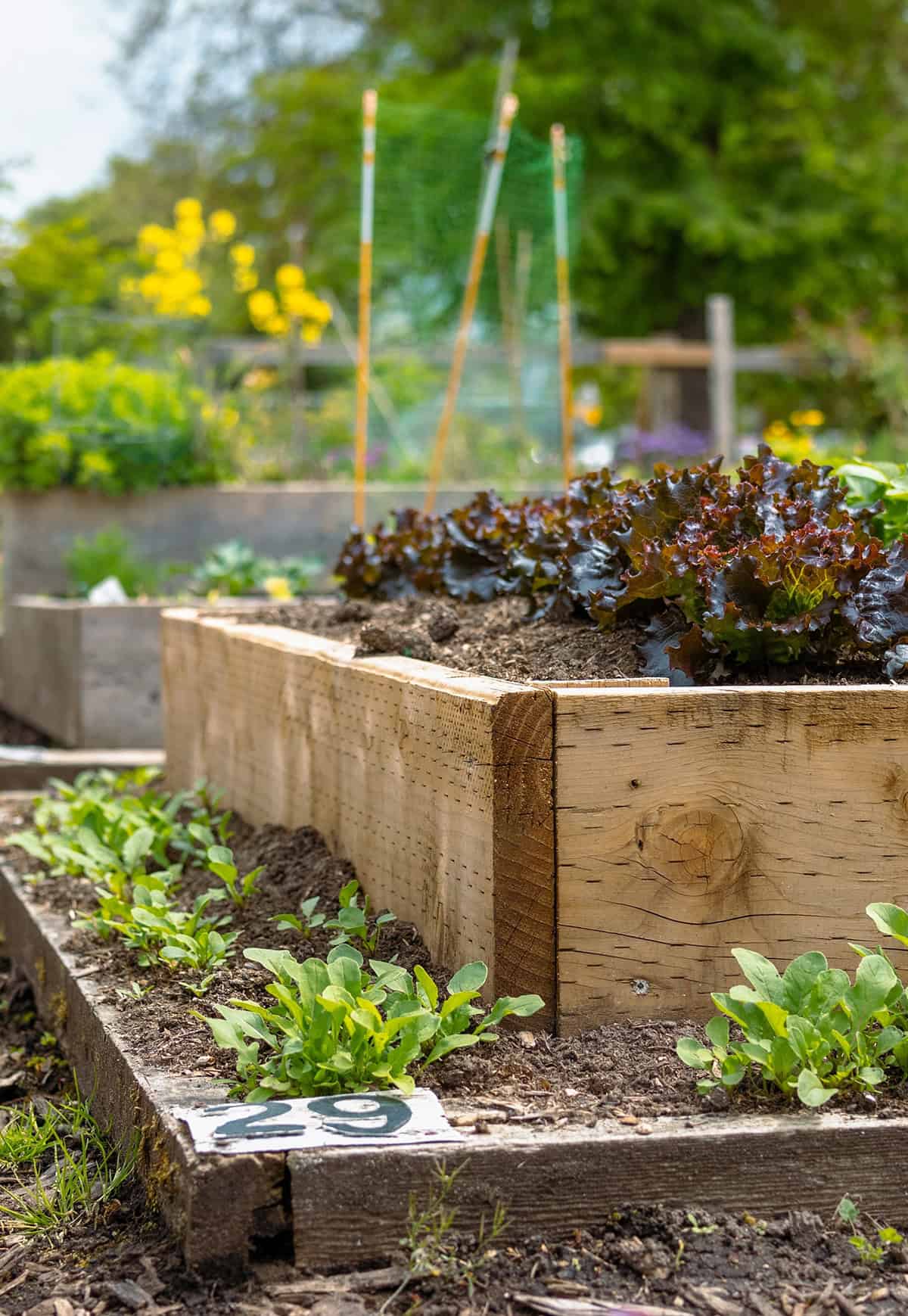
Start by measuring what you’ve got. Space is the big factor when deciding how many plants you can handle. For a family of four, 500 to 600 square feet is a common recommendation.
Each crop takes up a different amount of room. Lettuce and greens don’t need much, but tomatoes and squash like to sprawl. Proper spacing helps plants stay healthy and makes picking easier.
Always check the seed packet or label for how much room each plant needs. If tomatoes need 2 square feet apiece, ten plants will fill up 20 square feet. Don’t forget to check mature plant sizes before you start plotting things out.
Leave space to walk between rows—paths matter more than you’d think. They keep plants from getting trampled and make garden chores way less of a hassle.
Keep sunlight in mind, too. Most veggies want at least six hours of direct sun. Sometimes you’ll need to move things around so tall crops don’t shade out the shorter ones.
Try grouping crops with similar needs and squeezing in quick growers like radishes between slower veggies. It’s a good way to use every inch.
Double-check your layout before planting. Make sure everything fits and you’ve got room to move. A well-planned, well-spaced garden is way more likely to give you reliable harvests for the whole family.
Sample Planting Plan
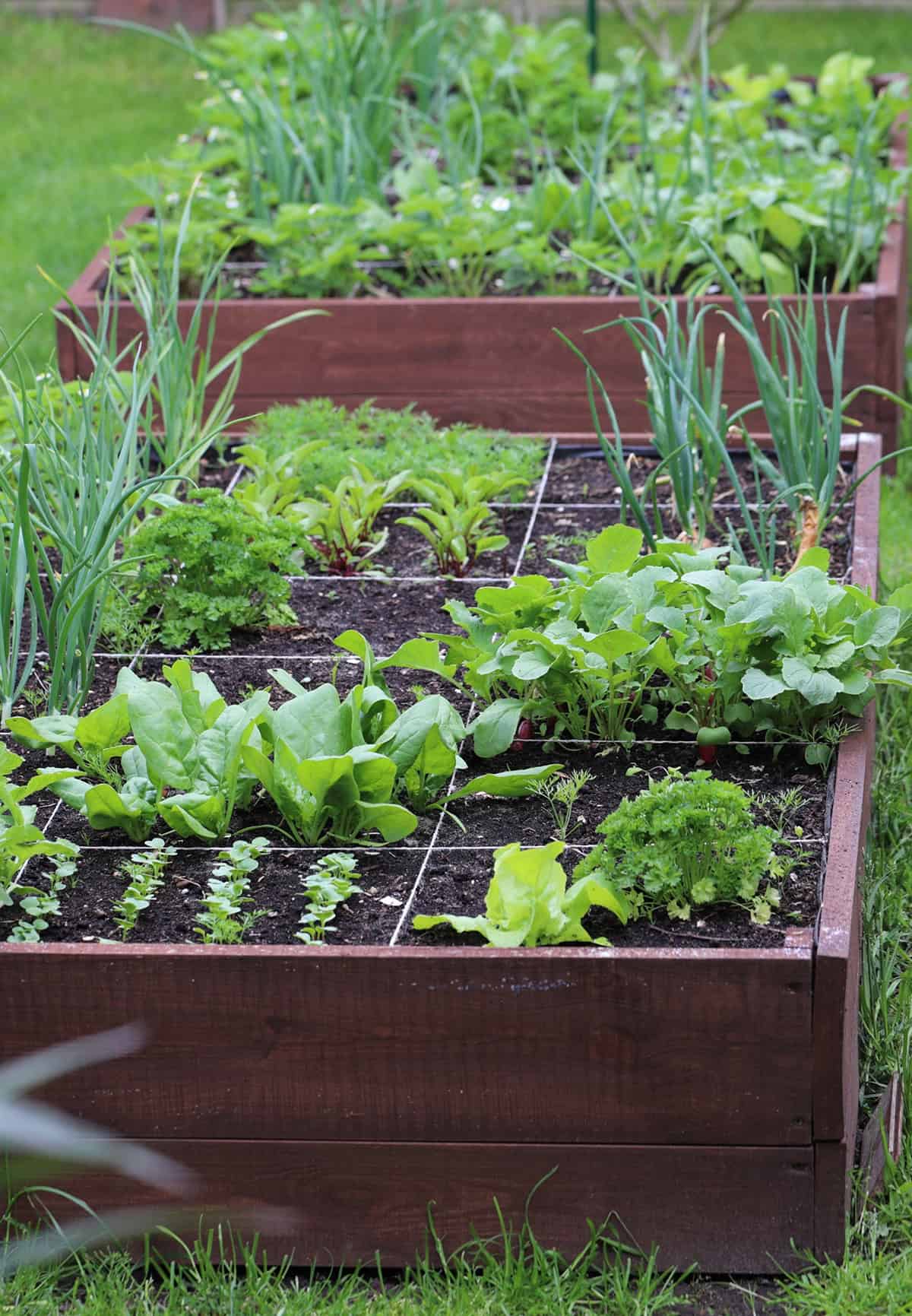
For a family of four, the average backyard garden can cover most vegetable needs. It helps to pick staple crops that fit your meals and storage habits. Try to choose varieties that actually thrive where you live—no point in fighting your climate.
In a typical layout, you’ll see tomatoes, peppers, beans, carrots, and lettuce all making an appearance. Something like ten tomato plants, ten peppers, 30 bush beans, 25 carrots, and 15 lettuces works for regular harvests through the main season. That’s usually enough to keep things interesting at dinner.
Spacing really matters for healthy plants. Tomatoes and peppers? Give them 18-24 inches each. Carrots and lettuce do fine in rows about a foot apart. Beans can squeeze in at three inches apart within their rows.
Crop rotation helps keep pests and diseases from getting too comfortable. The actual amounts depend on what your family likes to eat. If you’re planning to can or freeze, you’ll want to plant more—or less, if you’re not that into it.
It’s surprisingly helpful to mark what you’ve planted and where everything is. Jotting down notes each year makes it easier to tweak your plan and get better results. Nobody gets it perfect the first time, honestly.
